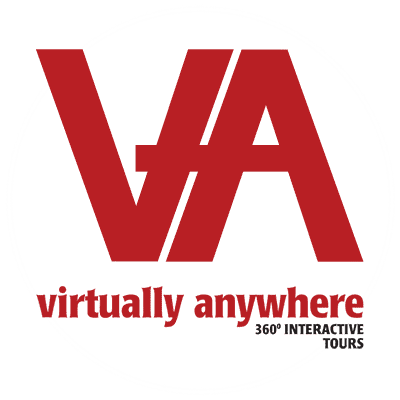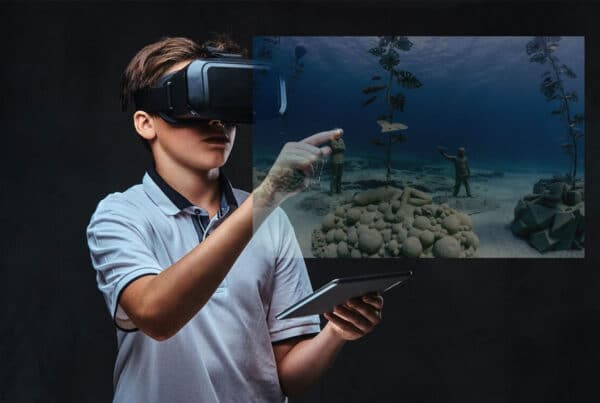
Introduction
In the digital age, having a strong online presence is crucial for businesses to attract and engage customers. One effective way to enhance this presence is through the use of 360 video tours. These immersive experiences not only provide potential customers with a unique way to explore products and services but also have the potential to improve search engine optimization (SEO). However, optimizing 360 video tours for search engines requires specific strategies and best practices. This article will explore the best practices for optimizing 360 video tours for search engines, ensuring they are easily discoverable and effective in driving traffic.
Understanding SEO for 360 Video Tours
What is SEO?
Search Engine Optimization (SEO) refers to the strategies and techniques used to improve a website’s visibility in search engine results pages (SERPs). A well-optimized website can attract more organic traffic, leading to increased customer engagement and conversions. For 360 video tours, effective SEO practices can help ensure that these immersive experiences rank higher in search results, making them more accessible to potential customers.
Importance of Optimizing 360 Video Tours
Optimizing 360 video tours for search engines is essential for several reasons:
- Increased Visibility: Proper optimization can help your virtual tours appear at the top of search results, driving more traffic to your website.
- Enhanced User Engagement: Engaging content that ranks well is more likely to attract users, leading to longer dwell times and lower bounce rates.
- Competitive Advantage: As many businesses still rely on traditional marketing methods, utilizing optimized 360 video tours can set you apart from competitors.
Best Practices for Optimizing 360 Video Tours
1. Keyword Research and Optimization
Effective SEO begins with thorough keyword research. Identify relevant keywords that potential customers might use when searching for products or services similar to yours.
- Incorporate Keywords: Use these keywords strategically in your video tour’s title, description, and throughout any accompanying content. For example, if you are showcasing a hotel, include keywords like “luxury hotel virtual tour” or “360-degree hotel experience.”
- Long-Tail Keywords: Consider using long-tail keywords that are more specific and less competitive. These can help attract a targeted audience looking for exactly what you offer.
2. Optimizing Titles and Descriptions
Each 360 video tour should have a unique title and description that accurately reflects its content.
- Descriptive Titles: Create clear, descriptive titles that include your primary keywords. For example: “Explore Our Luxury Beachfront Resort: A 360-Degree Virtual Tour.”
- Compelling Descriptions: Write engaging descriptions that provide context about what users will experience during the tour. Include relevant keywords naturally within the text to improve SEO without keyword stuffing.
3. Adding Meta Tags
Meta tags play a crucial role in SEO by providing additional information about your content to search engines.
- Meta Descriptions: Write compelling meta descriptions that summarize the content of your virtual tour while incorporating target keywords. This description appears in SERPs and can influence click-through rates.
- Title Tags: Ensure that title tags are optimized with relevant keywords and accurately reflect the content of your tour.
4. Using Structured Data
Structured data helps search engines understand the context of your content better.
- Schema Markup: Implement schema markup specifically designed for videos or virtual tours. This structured data provides search engines with detailed information about your tour, such as its duration, description, and thumbnail image.
- Rich Snippets: By using structured data, you increase the chances of your virtual tour appearing as a rich snippet in search results, which can enhance visibility and click-through rates.
5. Creating High-Quality Content Around Your Virtual Tour
Complementing your 360 video tour with high-quality content can significantly boost its SEO effectiveness.
- Blog Posts and Articles: Write informative blog posts or articles related to the content of your virtual tour. For instance, if you have a virtual tour of a restaurant, consider writing about menu highlights or chef interviews.
- Embedding Tours: Embed the virtual tour within this content to encourage users to engage with both the article and the immersive experience.
6. Building Backlinks
Backlinks from reputable websites can significantly improve your search engine rankings.
- Outreach Strategies: Reach out to industry-related websites, blogs, and influencers to share your virtual tour. Encourage them to link back to your site.
- Guest Blogging: Consider guest blogging on relevant platforms where you can include links to your virtual tour as part of the content.
7. Optimizing for Mobile Devices
With an increasing number of users accessing websites via mobile devices, ensuring that your 360 video tours are mobile-friendly is crucial.
- Responsive Design: Use responsive design techniques so that your virtual tours display correctly on various screen sizes.
- Mobile Optimization: Test your virtual tours on multiple devices to ensure smooth navigation and loading times for mobile users.
8. Utilizing Social Media
Social media platforms are powerful tools for promoting your 360 video tours and enhancing SEO.
- Sharing Content: Share snippets or highlights from your virtual tours on social media platforms like Facebook, Instagram, or LinkedIn.
- Engagement Metrics: Encourage followers to share their experiences with the tour on social media, which can generate additional traffic back to your website.
9. Monitoring Performance Analytics
Regularly monitoring performance analytics is essential for understanding how well your optimized 360 video tours are performing.
- Google Analytics: Use Google Analytics to track user engagement metrics such as dwell time, bounce rates, and conversion rates associated with your virtual tours.
- Adjust Strategies: Based on performance data, adjust your SEO strategies as needed to improve visibility and engagement further.
Conclusion
Optimizing 360 video tours for search engines involves a combination of keyword research, meta tag optimization, structured data implementation, high-quality content creation, backlink building, mobile optimization, social media utilization, and performance monitoring. By following these best practices, businesses can significantly enhance the visibility of their virtual tours in search engine results pages (SERPs), drive more traffic to their websites, and engage potential customers effectively.As digital marketing continues evolving, incorporating innovative tools like 360 video tours into SEO strategies will be essential for staying competitive in an increasingly crowded marketplace. By leveraging these immersive experiences effectively—while adhering to SEO best practices—businesses can create lasting impressions on their audiences while boosting their online presence significantly.




